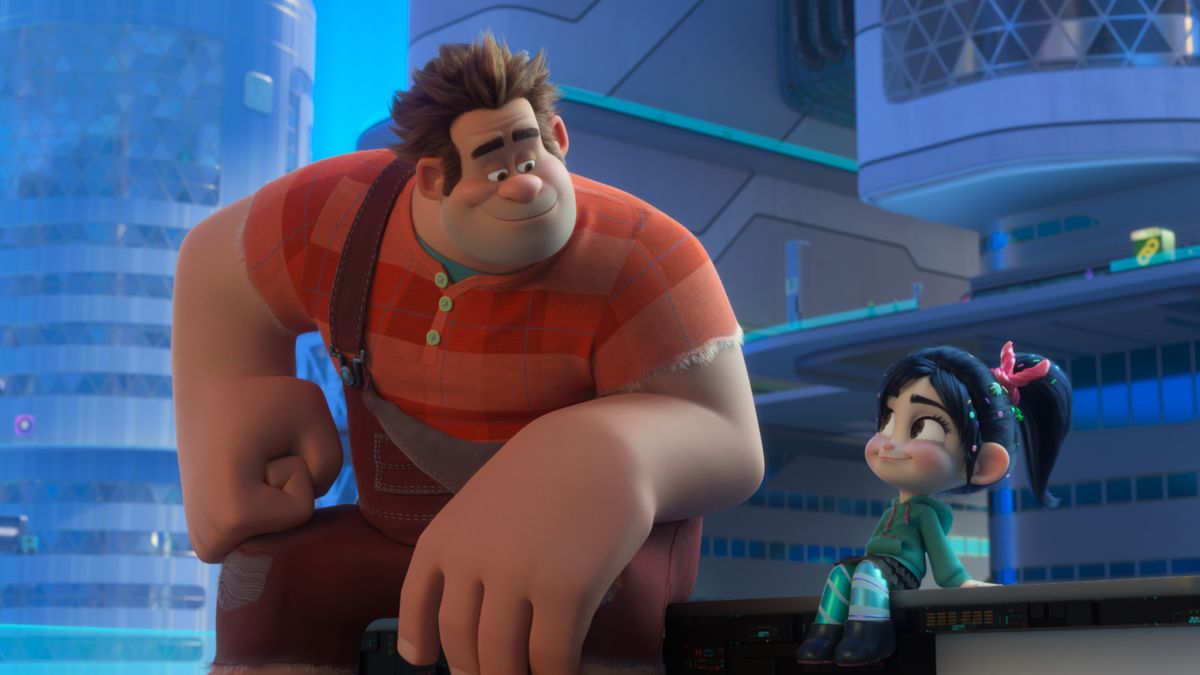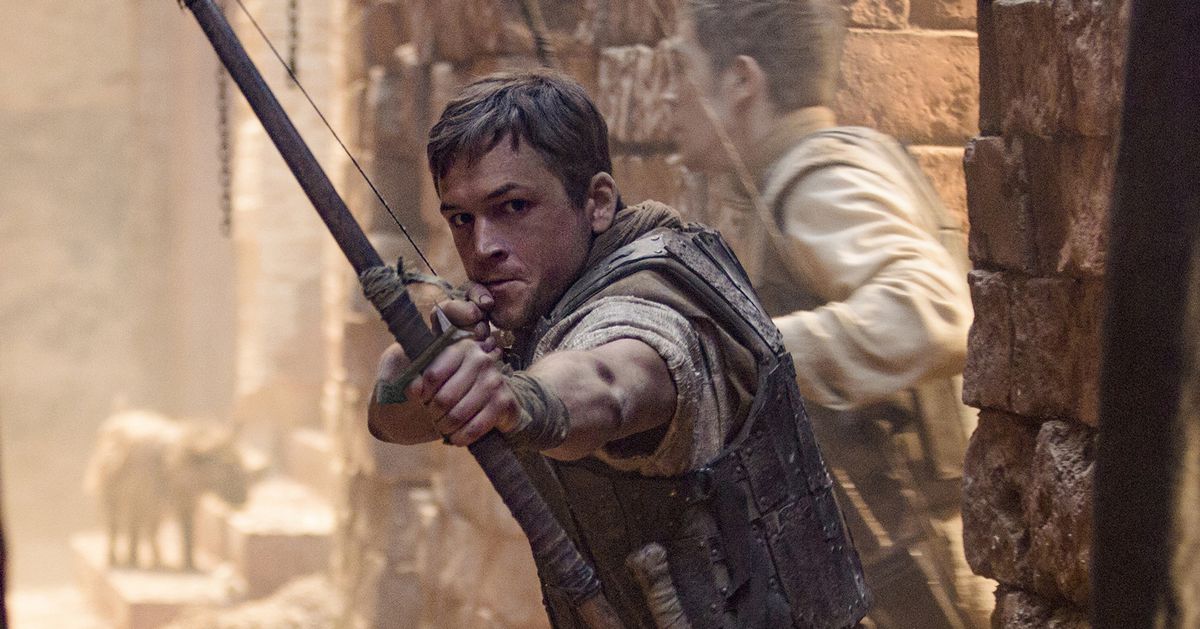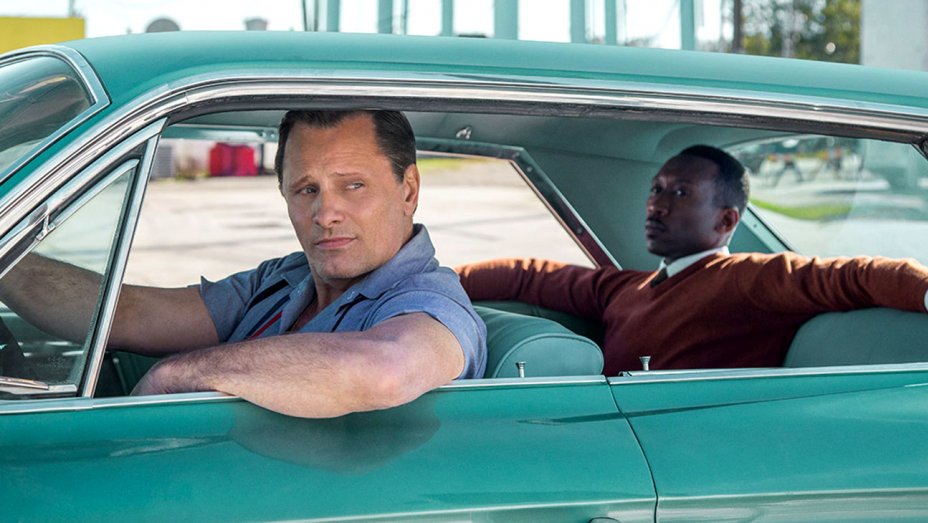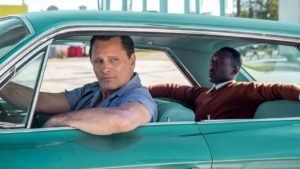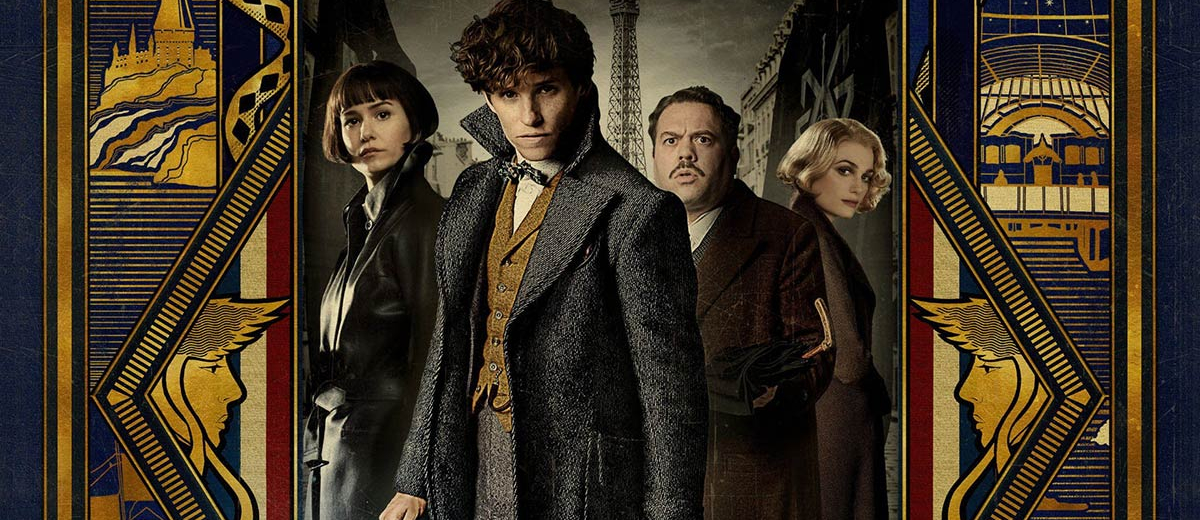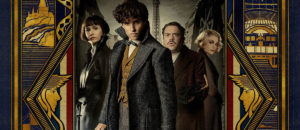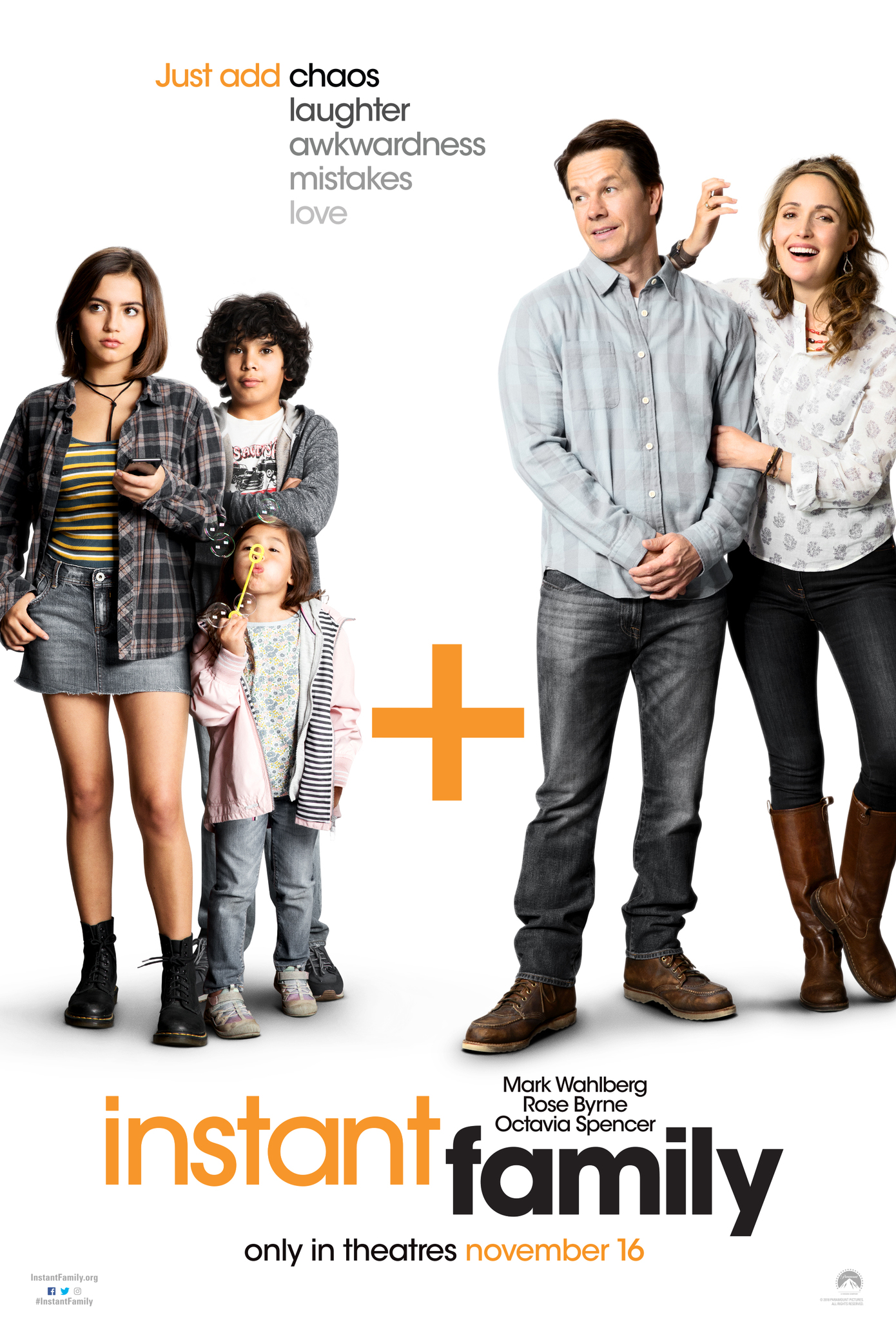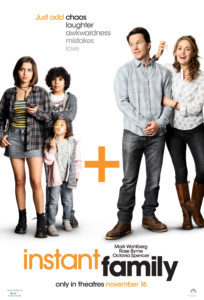Ralph Breaks the Internet
Posted on November 20, 2018 at 5:51 pm
A-| Lowest Recommended Age: | Kindergarten - 3rd Grade |
| MPAA Rating: | Rated PG for some action and rude humor |
| Profanity: | Some schoolyard language |
| Alcohol/ Drugs: | None |
| Violence/ Scariness: | Fantasy/action/cartoon-style peril and chase scenes, no one hurt |
| Diversity Issues: | A metaphoric theme of the movie |
| Date Released to Theaters: | November 21, 2018 |
| Date Released to DVD: | February 25, 2019 |
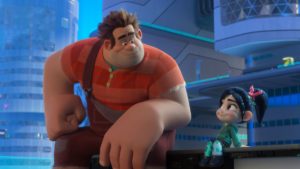
I’ve got to warn you — you’re going to need to see “Ralph Breaks the Internet” at least twice. And I’ve got good news for you — it is well worth it. The sequel to “Wreck-It Ralph” is “Ralph Breaks the Internet” and just like the Internet itself it is bursting with endless enticing distractions. But in the midst of all that is also a wise and warmhearted story with endearing characters. And it is a rare comedy that understands it is not enough to refer to a specific cultural touchstone; it has to have something to say about it. What it does have to say is so shrewd and funny it may merit a third viewing.
“Wreck-it Ralph” was about characters in old-fashioned video arcade games, the kind they used to have before we had laptops and phones that we could play games on. Wreck-It Ralph (John C. Reilly) is not exactly the bad guy but the menace in his very old-school game. All he does is break things that are repaired (if the game player is successful) by Fix-It Felix (Jack McBrayer). He ends up visiting some newer games, including a military first-person shooter game and a racing game called Sugar Rush, with the cars made of candy. There he meets a brash little girl with a pixel-shaking “glitch” named Vanellope. The happy ending resolves various issues and Ralph and Vanellope end up friends.
As this movie begins, everything seems to be going fine. Ralph is very happy meeting up with Vanellope every night after the arcade closes to talk about, well, everything. But the arcade owner (Ed O’Neill) is upgrading. “What is wiffy?” Ralph wants to know. That would be Wifi. And the next thing they know, Ralph and Vanellope are whisked into the big, wild world of the Internet and like Dorothy in Oz and Alice in Wonderland and the Pevensies in Narnia, they will have many thrilling adventures and meet many astonishing characters before they find their way home. The characters’ idea of what home and friendship mean will be changed, shifted, or enlarged by their experience, one of the film’s most thoughtful elements.
But on the way there we have so much fun seeing the most familiar — and some of the most frustrating — elements of the digital world reflected and personified, and writer/directors Phil Johnston and Rich Moore take advantage of Disney’s unsurpassed line-up of characters to fill the movie with surprising and hilarious cameos. The highlight is the funniest scene you will see at the movies this year, when Vanellope ends up in a room with the Disney princesses (almost all with the original voice talent). What’s great about this is that Johnston and Moore are the rare filmmakers who know that referring to a cultural icon is not enough; you have to say something about it. And what they have to say about the princesses strikes the perfect balance between affection and irony. No more waiting for a prince to come. These sisters are doing it for themselves. Also stopping to sing by water at some point, though.
The film is not just smart about culture, digital and IRL. It is smart about people, and especially about our fears and insecurities. It’s a rare film for children that goes beyond “friends are great!” and explores the delicate negotiations of relationships between people who may have different ideas about what they want. A wise man taught me a long time ago that everyone has different tolerance levels for ambiguity and that each of us has different tolerances for ambiguity across a wide range of categories. Someone can be comfortable taking big risks in one area, but not another. “Ralph Breaks the Internet” has a deep understanding that even adults will find illuminating. Plus, it is a ton of fun and if you stay ALL the way to the end there is one more sly joke.
Parents should know that this film includes fantasy/video game-style peril and violence, chases, crashes, no one seriously hurt, and brief potty humor.
Family discussion: How are Ralph and Vanellope alike and how are they different? Which is your favorite Disney princess and why? What is your favorite thing about the Internet?
If you like this, try: “Wreck-It Ralph” and “Zootopia”

